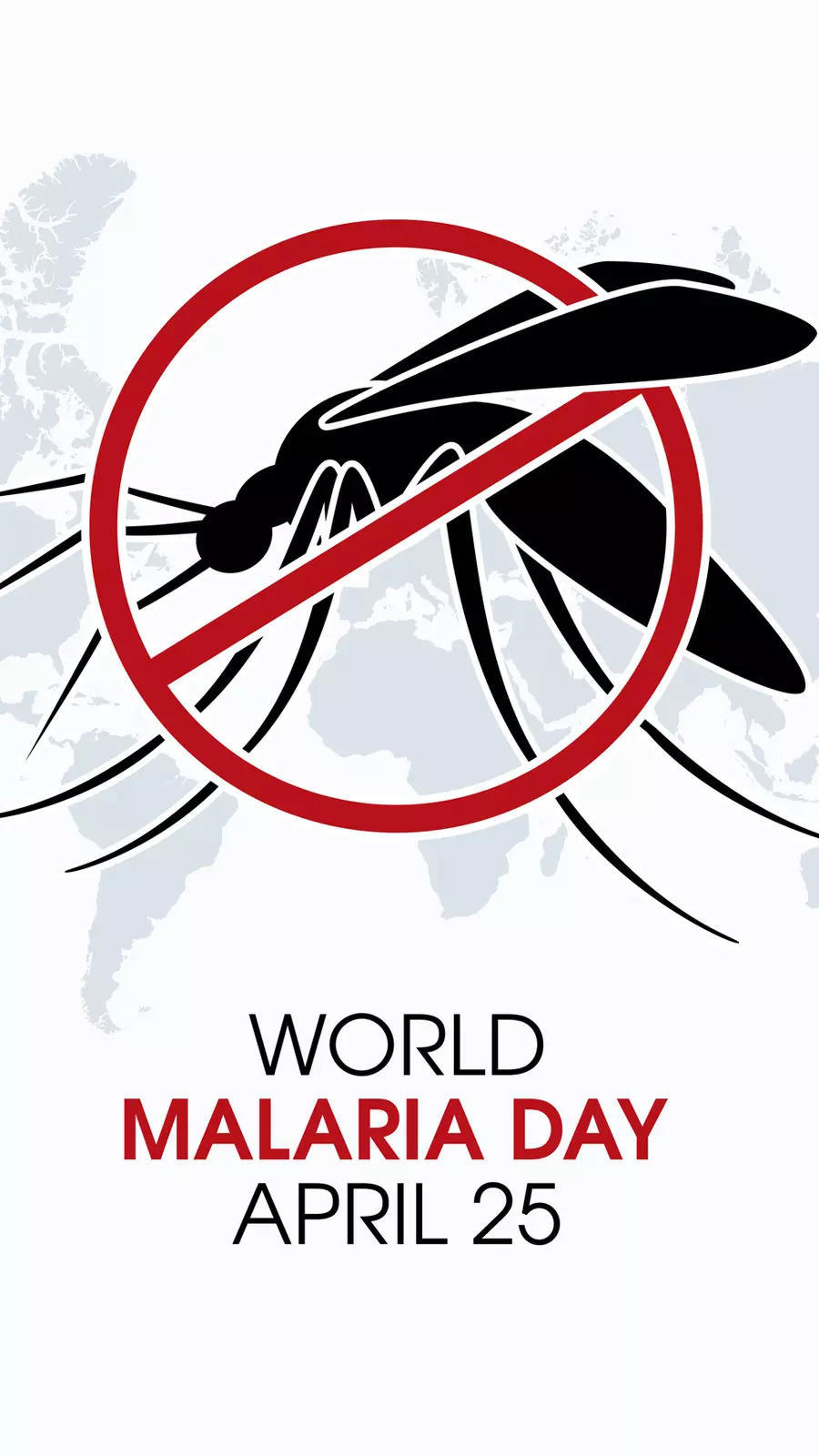


The Food and Drug Administration has approved a new drug, Cobenfy, for schizophrenia that is said to have fewer side effects than current medications. This has been a major development for patients like Tiffany who have struggled with severe side effects from traditional antipsychotic drugs. Tiffany shares her personal experience and how this new medication gives her hope for a better quality of life.
Schizophrenia: New Drug Approved by FDA Offers Hope for Patients
Background
Schizophrenia is a severe mental disorder characterized by hallucinations, delusions, disorganized thinking, and social withdrawal. Antipsychotic medications have been the mainstay of treatment for schizophrenia, but they often cause significant side effects, including movement disorders, metabolic problems, and cognitive impairment.
FDA Approves New Drug for Schizophrenia
In February 2023, the US Food and Drug Administration (FDA) approved a new medication called Cobenfy (asenapine sublingual tablet) for the treatment of schizophrenia. Cobenfy is a novel antipsychotic that is designed to have fewer side effects than traditional medications.
Trials have shown that Cobenfy is effective in reducing the symptoms of schizophrenia and improving overall functioning. Unlike other antipsychotics that are given as injections or tablets, Cobenfy is administered sublingually (under the tongue), which allows for faster absorption and a potential reduction in side effects.
Patient Perspective
For patients like Tiffany, who has struggled with severe side effects from traditional antipsychotic drugs, Cobenfy offers a beacon of hope. Tiffany has experienced significant improvement in her symptoms and quality of life since starting Cobenfy.
"It's like a weight has been lifted off my shoulders," said Tiffany. "I'm able to think more clearly, I'm more social, and I'm finally starting to feel like myself again."
Top 5 FAQs
1. What are the potential benefits of Cobenfy over other antipsychotics?
Cobenfy is designed to have fewer side effects, including movement disorders, metabolic problems, and cognitive impairment.
2. How is Cobenfy administered?
Cobenfy is administered sublingually, which means it is placed under the tongue. This allows for faster absorption and a potential reduction in side effects.
3. What are the common side effects of Cobenfy?
The most common side effects of Cobenfy include headache, nausea, vomiting, dizziness, and drowsiness.
4. Is Cobenfy approved for use in all patients with schizophrenia?
While Cobenfy is generally well-tolerated, it may not be appropriate for all patients with schizophrenia. It is important to discuss your individual needs with your healthcare provider.
5. What is the long-term outlook for patients taking Cobenfy?
Studies are ongoing to determine the long-term safety and efficacy of Cobenfy. However, the short-term results have been promising, and patients like Tiffany are hopeful for a brighter future.

Today marks the celebration of National Technology Day 2025, with the theme ‘YANTRA - Yugantar for Advancing New Technology, Research and Acceleration’. This day recognizes the achievements and contributions of scientists and engineers towards building a technologically advanced nation. The theme focuses on the advancement of new technology and research to propel India towards a brighter future. Let us join in the celebration and honor the innovations that have shaped our lives.

Thalassaemia, a genetic blood disorder that affects thousands of children in India, is still relatively unknown to the public. On 8 May, World Thalassaemia Day is celebrated to raise awareness about the disease and promote early detection and treatment. Stem cell transplant is the only way to cure thalassaemia completely, but finding a matching donor is a challenge for many patients. This annual observance highlights the importance of understanding and preventing thalassaemia to improve the lives of children and their families.

A new meta-analysis of 15 separate studies conducted by experts at Maharishi International University reveals the potential of transcendental meditation (TM) in relieving symptoms of post-traumatic stress disorder (PTSD). With evidence of its effectiveness in as little as a few weeks, TM offers a safe and gentle alternative to commonly used therapy methods that can be unsettling for some individuals. The results show promising potential for using TM as a solution for those suffering from the lasting effects of PTSD.

The India Meteorological Department (IMD) has projected that India is expected to experience above-normal rainfall during the upcoming southwest monsoon season, which can result in a bountiful harvest for the agriculture-centric economy. However, areas of Tamil Nadu and the northeastern region may experience below-normal rainfall, while Marathwada and adjacent Telangana regions may see above-normal showers. The IMD has forecasted a cumulative rainfall of 105% of the long-period average for June to September, bringing much-needed relief to the farming sector.

In the world of insects, few are as fascinating as the potter wasp. With the ability to build intricate mud nests and a unique method of storing prey for their young, these small predators are a wonder to behold. Learn more about these intriguing insects and the misconceptions surrounding them in this eye-opening article.

In a mind-boggling discovery that has garnered the attention of astronomers and space weather experts, recent research reveals that the Sun may have undergone a sudden and unexpected shift in its internal dynamics. This change, specifically in the Sun's Coronal Global Circulation (CGC), could potentially lead to a new, century-long solar cycle – a once-in-100-year event that may bring about prolonged and intense space weather conditions. Scientists are concerned about the potential impacts on our modern infrastructure, from satellites and power grids to aviation safety and national security. With the Sun seemingly writing a new rulebook, researchers are racing to keep up with this mysterious transformation.

With World Malaria Day approaching, it is important to understand the severity of this disease and the steps one can take for a speedy recovery. This year's theme, "Malaria Ends With Us: Reinvest, Reimagine, Reignite," aims to re-energize efforts towards eliminating malaria. From getting enough rest to staying hydrated and following proper nutrition, these tips can help in the treatment of malaria. Adhering to prescribed medication and seeking follow-ups with healthcare providers are also crucial for a full recovery.

A diverse group of individuals, including a genius with the world's highest IQ, a psychic with a museum in Tel Aviv, a skeptic Italian physicist, a researcher of the transition between life and death, and a biologist and writer, share their unique perspectives on the enduring mystery of what happens after we die. While some believe in an afterlife and the possibility of reuniting with loved ones in a different dimension, others dismiss such notions as fear-driven or scientifically implausible. Despite the conflicting viewpoints, the curiosity and debate surrounding this timeless topic continue.

As the world celebrates Earth Day, environmentalists are emphasising the need to shift towards renewable energy, particularly solar energy, to combat the ongoing climate crisis. With the theme 'Our Power, Our Planet', the focus is on raising awareness about the adoption of natural resources. Renewable energy is crucial for safeguarding natural resources and local communities, and experts are calling for the rapid transition to clean, sustainable sources like solar and biomass. The state of Telangana has abundant sunlight making solar energy a viable option, and it is essential for the government to introduce innovative initiatives to promote its adoption across all sectors. By embracing renewable energy, we can contribute to a greener tomorrow for our planet.

Professor Ning Zeng of the University of Maryland came up with the idea of burying dead trees instead of burning them to prevent carbon emissions into the atmosphere. Inspired by the durability of ancient wood found in archaeology, Zeng enlisted the help of a farmer in Maryland to bury 100 tons of unused and damaged trees on his property. However, Zeng faces a roadblock from government permits as burying wood is classified as a landfill and requires time-consuming approvals.